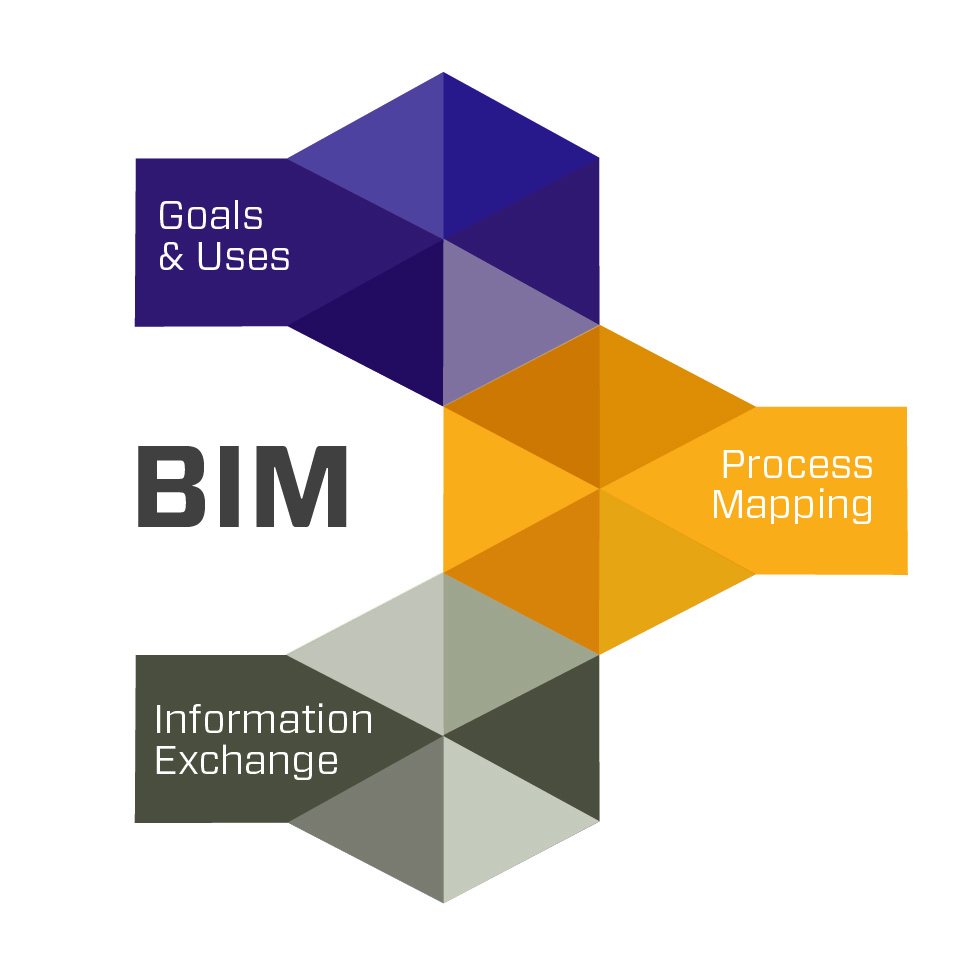I am an avid reader of Daniel Davis’ articles and research, and found his recent article in Architect a great read. Dr. Davis rightly argues that architects, and possibly the whole AEC industry, has become more productive than Teicholtz’s analysis indicates, and since we pass it on to our clients in the form of better performing, more efficient, and more complex buildings, these metrics aren’t being captured in the statistics on productivity. I question if they should. Productivity and financial performance go hand-in-hand. Dr. Davis states, “In fact, it should be celebrated that technology is about designing a better built environment for our clients rather than generating more profit for our firms’ owners.”

As an architect and technologist, my opinion is that we should be doing both, adding value and using it to help elevate our compensation. That is business, plain and simple. It is what every other business in all industries does when they compete, except for charitable organizations. The last I checked, AEC companies are not charitable organizations, although some architects tend to run their business as if it were. Profit is needed to properly compensate employees and firm owners in salary, benefits, bonuses, to reinvest in the business, and to provide a safety net for down times.
Every time we add additional value to something we are doing for our clients, we need to negotiate for more compensation…or be willing to walk away from the potential project and find more profitable ways of being architects. I believe it is not common enough to ask for more compensation when we are adding more value (and not merely working more hours) and this thinking has to change.
For this thinking to change, learning how to negotiate and persuade others that adding value justifies greater compensation needs to be pervasive in our training, and frankly, is not. I feel just the opposite is true.
I believe that we can be adding value for our clients; doing more and constructing better, safer, and less expensive buildings. As Dr. Davis points out, these are good things for our communities and should be measured, but they do not replace the need for leveraging all means, including technology, to improve productivity and therefore revenue and profit that ultimately provides the fuel for growth.

Wanting more? I have more blogs posted on technology, BIM and the future.




